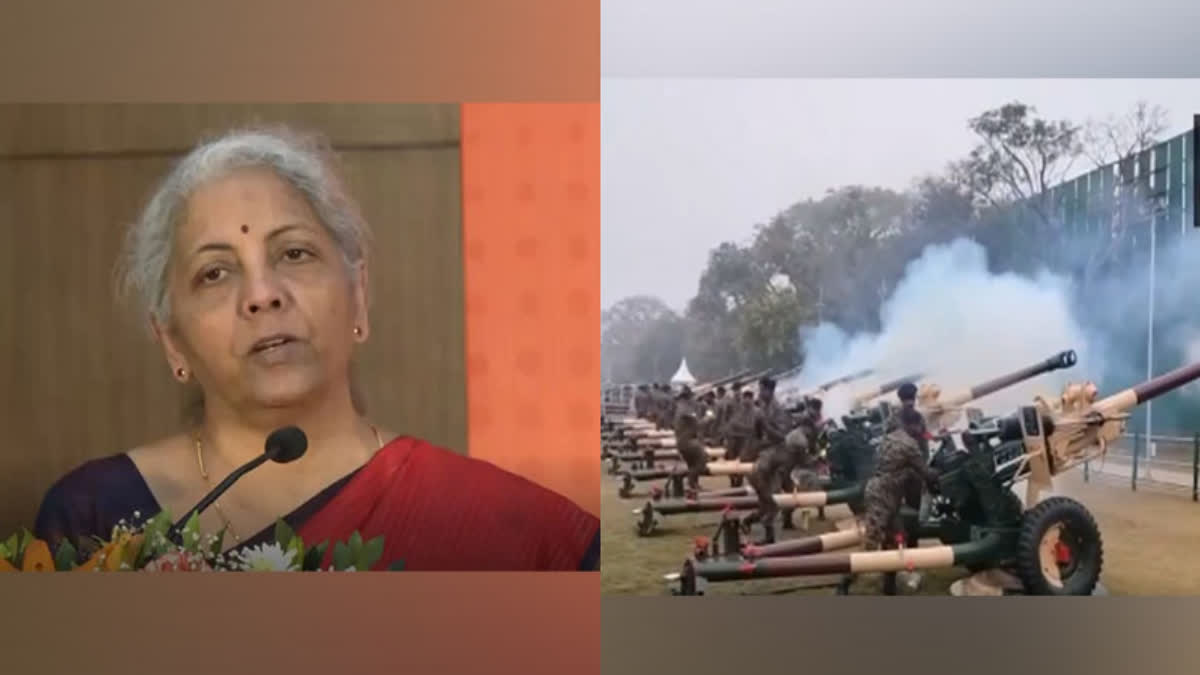New Delhi: One of the key focus areas in this year's budget will be the defence sector as the world's most populous country and a major military power, India’s defence expenditure is not only of interest to the general public and policy makers but defence and strategic experts across the world take note of it.
India is surrounded by two hostile neighbours Pakistan and China and has fought several wars with them since independence in 1947, including the last major border skirmish with its northern neighbour China in May-June 2020 in Ladakh region in which 20 Indian Army personnel were killed.
The country also grapples with internal security challenges in the border states and central India where left wing extremists are active. All these factors require the Centre to spend huge sums of money on securing the country's borders, its exclusive economic zones and also on maintenance of internal peace and security.
As a result, India's defence budget has seen consistent rise over the years. For example, India's defence budget was over Rs 3.66 lakh crore in the financial year 2021-22 and Finance Minister Nirmala Sitharaman, who was defence minister during the Prime Minister Narendra Modi’s first tenure, allocated over Rs 3.85 lakh crore for the last financial year (FY 2022-23). However, as per the revised estimates presented last year, India's defence budget touched a record Rs 4.10 lakh crore.
Similarly, for the current financial year, given India's unique security challenges, Nirmala Sitharaman increased the allocation for defence budget from Rs 3.85 lakh crore to nearly Rs 4.33 lakh crore. However, as per the revised estimates, this figure is also expected to register an increase when Finance Minister Nirmala Sitharaman presents the vote on account for the current financial year on February 1.
Decoding India’s defence budget
India's defence budget has been organised in four categories – Ministry of Defence’s civil expenditure, defence services (revenue) expenditure, capital outlay on defence services or capital expenditure on defence sector and defence pensions. The Ministry of Defence’s (civil) expenditure for the current financial year (FY 2023-24) has been estimated at nearly Rs 46,000 crore, the capital expenditure under this category has been pegged at around Rs 8,850 crore, over Rs 37,000 crore will be spent as revenue expenditure.
The biggest component of over Rs 4.3 lakh crore defence budget in the current financial year would be spent as revenue expenditure (defence services revenue), which entails salary and wages, establishment cost and other operational expenditure of Indian Armed Forces.
